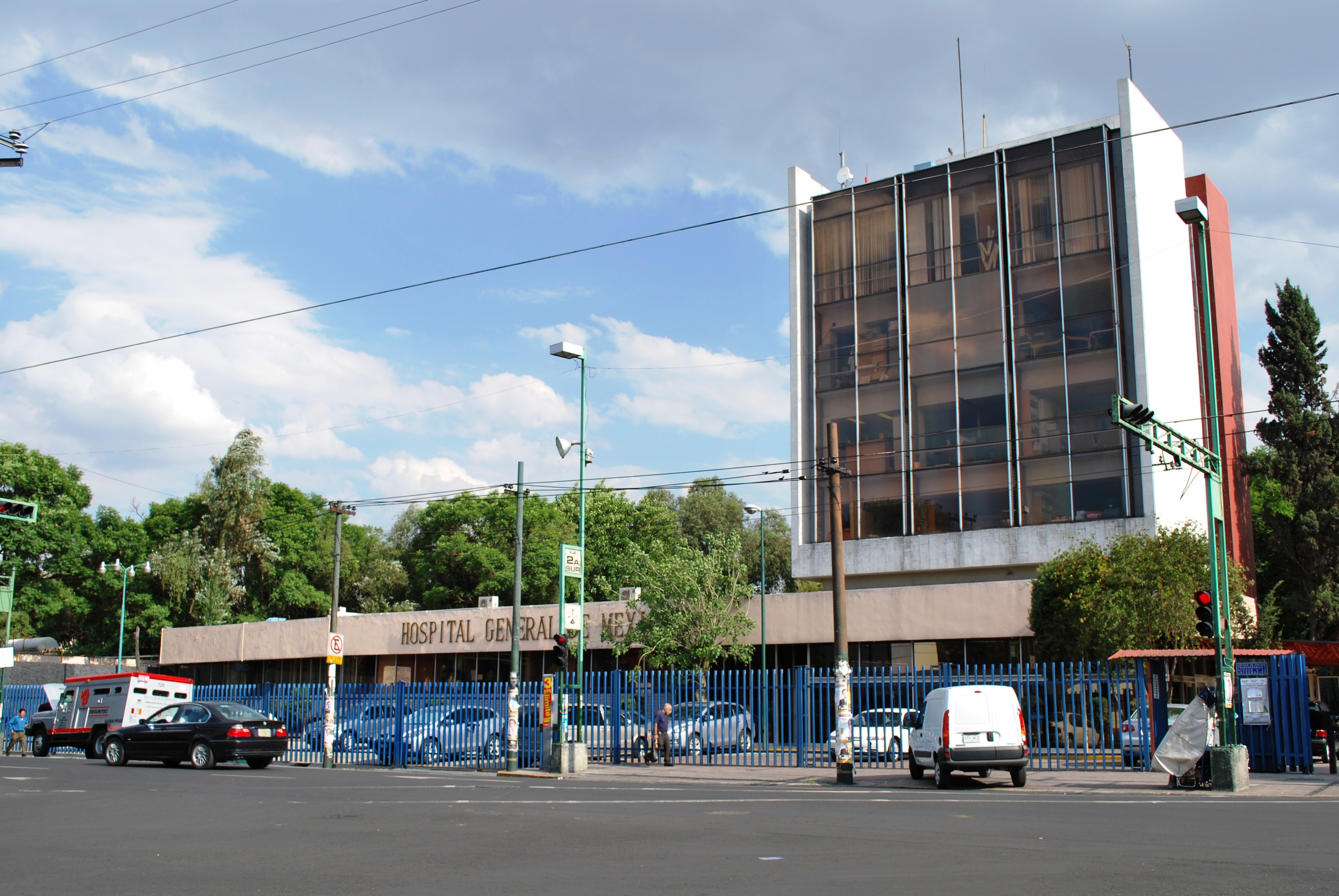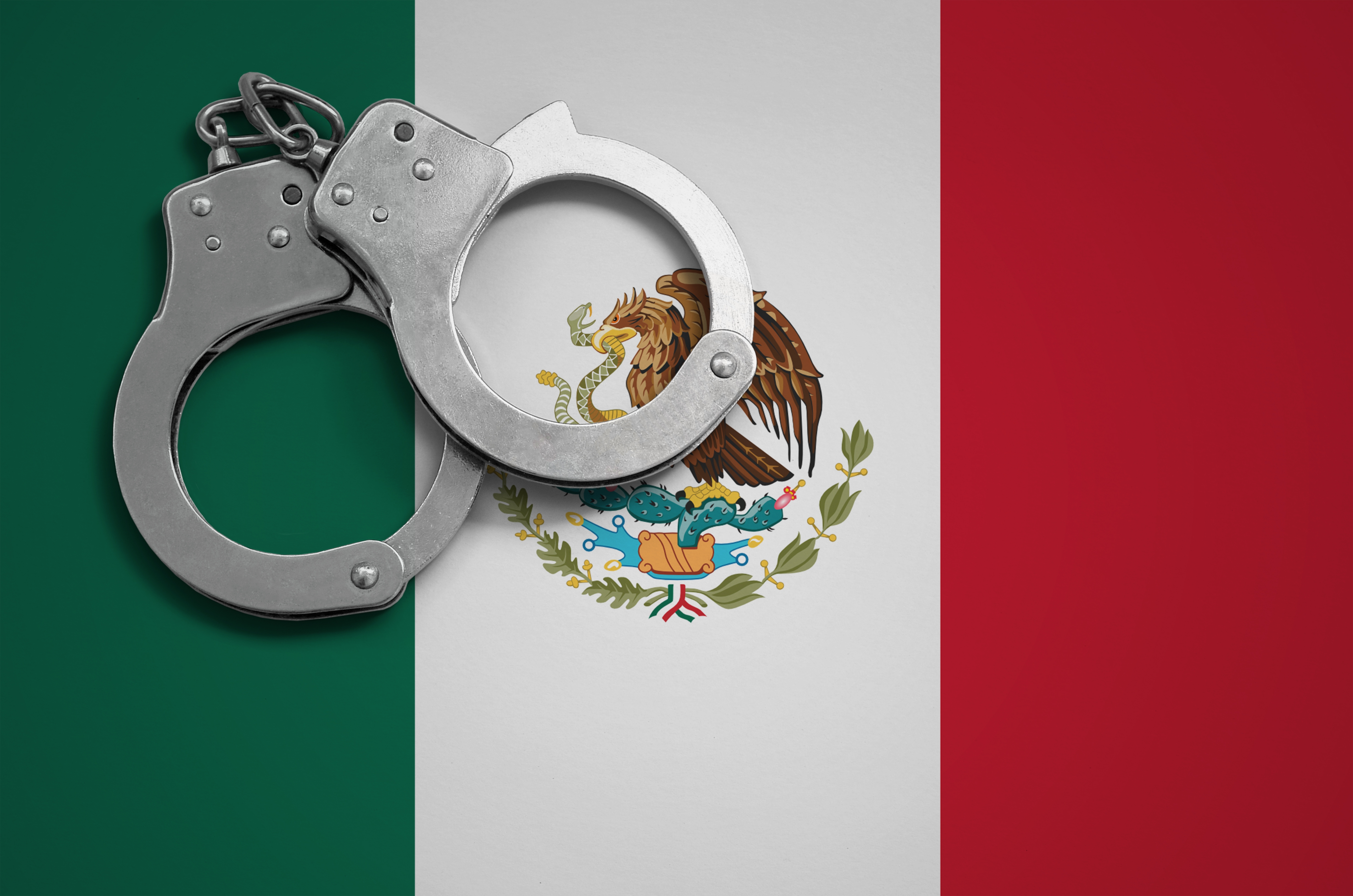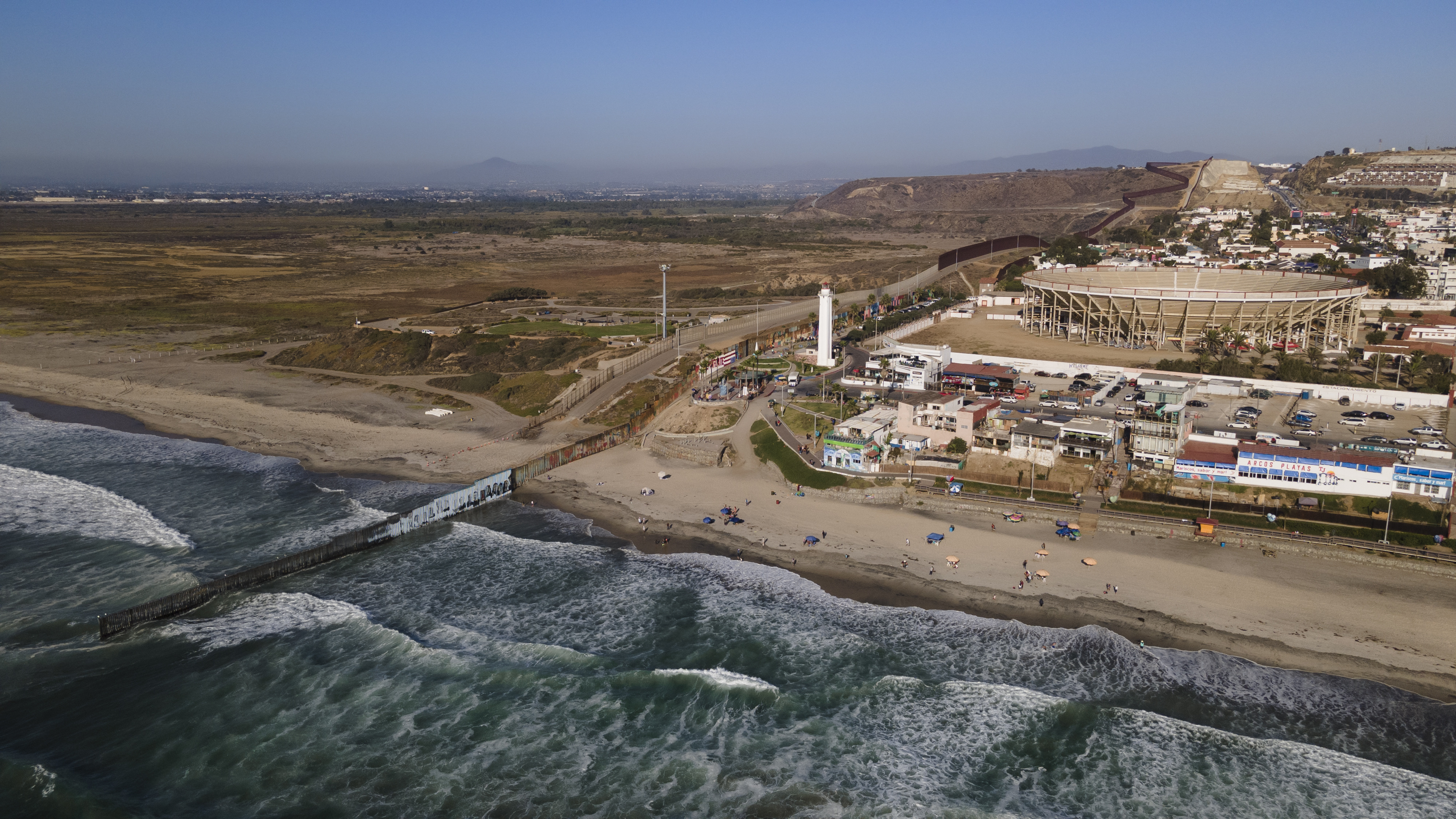12 Key Things to Know About the New U.S. Mexico Travel Warning
In an era where global mobility is both a privilege and a challenge, the U.S. travel warning to Mexico has emerged as a pivotal point of discussion. This advisory, issued by the U.S. Department of State, is not merely a cautionary note but a complex narrative that intertwines geopolitical, social, and economic threads. Understanding the intricacies of this warning is crucial, not only for travelers but also for businesses, policymakers, and communities on both sides of the border. This article aims to dissect 12 vital truths embedded within this advisory, offering a comprehensive perspective that could reshape how we view cross-border interactions. From security concerns to economic implications, each section will delve into a unique aspect, providing a holistic understanding of the current travel landscape between these neighboring nations.
1. State-Specific Advisories Vary Wildly: Not a Blanket Warning

The U.S. State Department's Mexico advisory is granular, not a blanket warning. This is crucial: specific advisories range from "Level 1: Exercise Normal Precautions" for popular tourist states like Yucatan and Campeche, to "Level 4: Do Not Travel" for high-risk regions. The nuance is key; understanding that a warning for one state doesn't apply to all others allows for informed planning. Always check the specific state advisory for your destination on Travel.gov, as risks differ dramatically even between neighboring areas.
2. Violent Crime is Widespread and Common: Be Aware, Not Paranoid

A core tenet of the advisory is that violent crime, including homicide, kidnapping, carjacking, and robbery, is widespread and common throughout Mexico. This extends even to areas popular with tourists, though often as collateral. The nuanced warning emphasizes that while incidents might be targeted, bystanders can be caught in turf battles between criminal organizations. While not intended to induce paranoia, this truth highlights the need for heightened situational awareness, especially in public spaces and during non-daylight hours.
3. Specific "Do Not Travel" States: Understanding the Red Zones

The U.S. government explicitly advises Americans not to travel to several states due to crime and kidnapping risks: Colima, Guerrero, Michoacán, Sinaloa, Tamaulipas, and Zacatecas. These Level 4 advisories are not arbitrary; they reflect severe security environments where official U.S. government personnel are largely prohibited from traveling. For travelers, this means emergency services and U.S. consular assistance may be severely limited or entirely unavailable, making travel to these regions exceptionally dangerous and ill-advised.
4. Hurricane Season Adds Natural Disaster Risk: Beyond Human Threats

Beyond human-instigated dangers, Mexico's hurricane season (May-November, peaking July-October) introduces significant natural disaster risks. This isn't just about heavy rain; hurricanes can bring life-threatening flash floods, destructive winds, and dangerous storm surges on both coasts. Such events can severely damage infrastructure (roads, power, communication), cause shortages of essential supplies, and lead to travel delays or stranding. Understanding this seasonal risk is crucial for planning, requiring vigilance of weather forecasts and comprehensive travel insurance.
5. Caution with Transportation (Especially Taxis): The Ride-Share Imperative

The advisory specifically warns against hailing street taxis in many regions due to the risk of drivers being involved in criminal activity, including robbery or extortion. U.S. government employees are prohibited from using them. The crucial takeaway is to use only dispatched vehicles, app-based services (like Uber or Cabify, where available), or regulated taxi stands that provide clear identification. This safety measure is paramount for solo travelers or those venturing out at night, mitigating a significant risk of becoming a target.
6. Avoid Displaying Wealth & Be Vigilant at Financial Institutions: The Low-Profile Protocol

A practical, ingenious safety protocol is to adopt a low profile. Avoid overtly displaying signs of wealth, such as expensive jewelry, watches, or large amounts of cash. When visiting banks or ATMs, be hyper-vigilant; criminals may observe transactions and target individuals leaving with cash. Opt for ATMs in well-lit, public areas or inside bank lobbies. This conscious effort to blend in and minimize perceived affluence can significantly reduce your attractiveness as a target for opportunistic criminals.
7. Pharmaceutical & Alcohol Risks: The Unregulated Danger Zone

The warning highlights profound dangers in Mexico's unregulated substance markets. Counterfeit medication is distressingly common, often containing incorrect dosages, harmful ingredients, or no active components. Similarly, unregulated alcohol may be contaminated, leading to severe illness, loss of consciousness, or injury. The crucial takeaway: purchase medication only from reputable pharmacies (preferably those attached to hospitals if possible) and consume alcohol responsibly, avoiding unknown sources and always watching your drink to prevent tampering.
8. Consular Assistance Limitations: Beyond a Phone Call

Even in seemingly "safer" tourist areas, it's vital to understand the limits of U.S. consular assistance. Consular officers often cannot intervene in local legal processes or provide direct protection from criminal activity. Their ability to provide immediate emergency services is restricted by Mexican law and security conditions. Knowing that the U.S. Embassy or consulates may be hours away from your location, and their capabilities are primarily informational and procedural, underscores the critical importance of self-reliance and comprehensive travel insurance.
9. Specific Kidnapping Tactics (e.g., Express Kidnapping): A Rapid Threat

Beyond general kidnapping, travelers should be aware of specific, rapid tactics like "express kidnapping." This involves a victim being abducted for a short period (hours, not days) to extort money from them, typically by forcing ATM withdrawals. This can happen anywhere. The warning emphasizes awareness in common transit areas. Never resist violently; cooperation is usually advised. This nuanced understanding of a prevalent tactic is crucial for recognizing and reacting to immediate threats, rather than assuming traditional, long-term abduction.
10. Road Travel Dangers (Beyond Taxis): Vigilance on the Highways

The warnings extend beyond taxis to broader road travel. Driving at night, especially outside major cities, is strongly discouraged due to increased crime risks, poor road conditions, and insufficient lighting. Travelers should be aware of potential illegal roadblocks or checkpoints set up by criminal organizations. The advice emphasizes traveling on toll roads (cuota) where possible, as they are generally safer and better maintained, and to avoid isolated roads or routes that lack clear signage or regular traffic.
11. Risks of Unregulated Medical/Dental Tourism: Quality vs. Cost

Mexico is a popular destination for medical and dental tourism due to lower costs. However, the travel warning implicitly flags risks associated with unregulated or substandard medical procedures and clinics. Quality of care, hygiene standards, and emergency protocols can vary drastically. The crucial takeaway is to rigorously research any facility and practitioner, verify credentials, and ensure you have robust travel medical insurance that covers complications or evacuations. Prioritizing safety and verified quality over cost is paramount for medical procedures abroad.
12. Navigating Interactions with Law Enforcement & Corruption: Know Your Rights

A sensitive but important area is interaction with local law enforcement. While most are professional, instances of corruption exist. The warning advises caution, to be aware of your rights, and to avoid engaging in activities that might put you in a vulnerable position. If stopped, remain calm, and cooperate, but be firm in declining unofficial payments. Understanding basic legal processes and knowing your nearest U.S. consulate's contact information is crucial for navigating potentially challenging encounters.
Your Mexico Journey: Informed Choices, Empowered Travel

Navigating a U.S. travel warning to Mexico is less about fear and more about precision. These 12 vital truths dismantle blanket assumptions, revealing the nuanced risks—from specific states to transportation methods, and even hidden dangers in common services. By understanding the granular nature of advisories, recognizing subtle criminal tactics like express kidnapping, and being prepared for limitations in consular assistance, you transform from a vulnerable tourist into an empowered traveler. Vigilance, informed choices, and proactive preparation are your most potent tools, ensuring your Mexican adventure is not just memorable, but truly secure.








